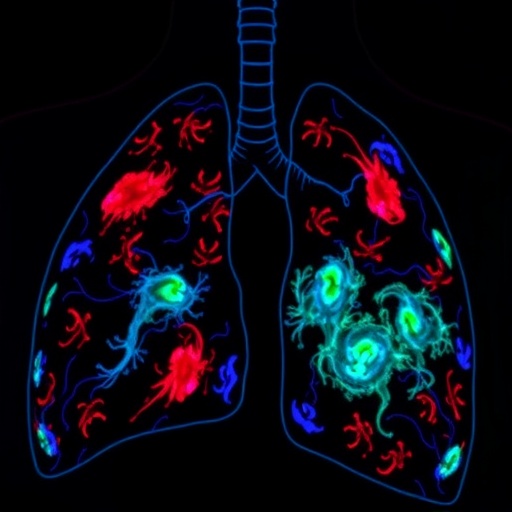Bottom Line: With each decade of life, the likelihood of progression of melanoma after treatment with anti-PD1 immunotherapy decreased by 13 percent.
Journal in Which the Study was Published: Clinical Cancer Research, a journal of the American Association for Cancer Research.
Author: Ashani T. Weeraratna, PhD, the Ira Brind professor and co-program leader of the Immunology, Microenvironment and Metastasis Program at The Wistar Institute; and a member of Wistar's Melanoma Research Center in Philadelphia
Background: "We wanted to study how the aging microenvironment affects response to immunotherapy, and much to our surprise, the effect was exactly the opposite of what we learned with targeted therapy," said Weeraratna. Prior research by Weeraratna and colleagues had shown that the tumor microenvironment in older patients promoted melanoma metastasis and resistance to targeted therapy with a BRAF inhibitor.
How the Study Was Conducted and Results: In this multinational study, the researchers analyzed data from 538 patients with melanoma treated with the anti-PD1 therapy pembrolizumab (Keytruda) at eight different institutes worldwide. Of the patients, 238 were younger than 62 years. They found that 50 percent of patients younger than 62 years, compared with only 37 percent of patients 62 years or older, had poor response to the treatment. This finding was independent of gender or prior treatment with MAPK inhibitor (MAPKi) therapies.
"Interestingly, younger patients who had prior MAPKi therapy had a much lower rate of complete response to anti-PD1 than older patients who had prior MAPKi therapy (4 percent versus 15 percent)," Weeraratna said.
Weeraratna and colleagues conducted further experiments using mice bearing melanoma to understand the relationship between the aging microenvironment and response to anti-PD1 immunotherapy. The results from the studies with mice were in agreement with those from human patients: Young mice were more resistant to anti-PD1 therapies than aged mice. The results were also independent of tumor mutational burden, because both young and aged mice were implanted with genetically identical tumors but had different outcomes.
Further research revealed differences in the immune microenvironment of the two groups of mice. A subpopulation of T cells that are known to be immunosupressive, FOXP3-positive Tregs, were fewer in older mice compared with younger mice.
The team analyzed primary and metastatic melanoma samples from another cohort of 268 patients for the presence of the protein FOXP3 in T cells and found that the FOXP3-positivity of intratumoral T cells decreased in patients over 50 years of age. The researchers also observed age-related differences in the T-cell subpopulations within the tumors of these patients.
Her team found that in young mice, combining anti-PD1 with an anti-CD25 antibody therapy, which depletes Tregs, yielded response rates comparable to those seen in older mice.
Author's Comments: "Our current study showed that for each decade of life, patients with melanoma had a 13 percent lower chance of having a negative outcome following anti-PD1 immunotherapy," Weeraratna noted.
"Our results suggest that preconditioning the tumor microenvironment in younger patients by depleting Tregs could make them respond to anti-PD1 immunotherapies better," she said. "Our studies suggest that in designing therapies for melanoma, age should be considered as a factor in both preclinical and clinical models."
"Age has a huge impact on patients' response to therapy and tumor progression," Weeraratna noted. "Researchers conducting preclinical studies should ensure that the age of the mice reflects the age of the patients the treatments are intended for, as these studies form the basis for drug development and human clinical trials."
Study Limitations: As limitations to the study, the researchers were unable to perform multivariate analyses and could not control for tumor mutational burden in their studies with melanoma patients, Weeraratna said.
###
Funding & Disclosures: This study was supported by the National Institutes of Health, a Cancer Institute NSW fellowship (Australia), a Melanoma Research Alliance/L'Oréal Paris-USA Women in Science Team Science Award, an Established Investigator Award from the Melanoma Research Foundation, an ASCO/CCF Career Development Award, and a Melanoma Research Alliance Young Investigator grant. Weeraratna declares no conflicts of interest.
Media Contact
Julia Gunther
[email protected]
215-446-6896
@aacr
http://dx.doi.org/10.1158/1078-0432.CCR-18-1116




